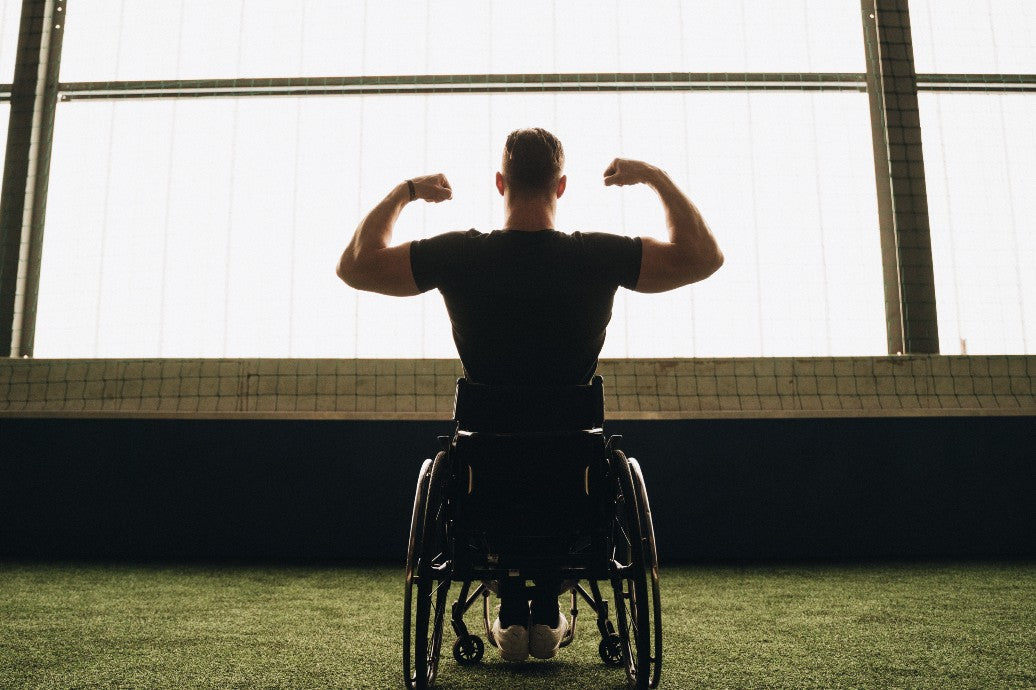You already know that there are widespread physical benefits of exercise, whether you’re 20 or 90. Exercise improves your quality of life, boosts your mental health, and promotes restful sleep. But if you consider yourself someone in his or her “golden years” – there’s more to think about when it comes to trying to stay active. It may be that you have health issues, pain problems, or falling concerns – however, there are still plenty of ways to get the exercise your body needs as a senior. Here are a few tips for staying active in your golden years.
Talk to your doctor
Before starting any fitness journey, it is of the utmost importance that you speak with a doctor first. Ask your doctor if there are any activities you should avoid and let them know if you have any preexisting or underlying health conditions. Your doctor can also be helpful in offering insight on what exercises may be best for you. After discussing this thoroughly, get medical permission for starting an exercise program.
Build a personalized exercise plan
Building the right exercise plan isn’t as hard as it seems. The key is to find activities you enjoy and then mix in different types of activities that will both keep your interest and improve your health. Generally, there are four types of fitness that you can experiment with:
- Balance: Exercises that focus on stability – think yoga and tai chi.
- Cardio: Workouts that get your heart pumping like walking or swimming.
- Strength Training: Building up muscle using free weights and resistance bands.
- Flexibility: This type of workout ensures your body’s joints move freely, such as, stretching and again – yoga.
Get the right nutrition
Many older adults miss out on a sufficient diet, despite studies showing that they actually need it more than younger people. That’s why a nutritional diet will have a major impact on your energy, mood, and the success of your fitness. If you have the resources to talk to a nutritionist then this is a great way to learn what your body needs. Otherwise, there are a few basic nutritional tips that can help you ensure you’re getting the right diet.
- Reduce processed carbs (ex: pastries, bread) with high-quality, lean proteins.
- Vary the protein you’re getting. Avoid relying on just red meat and include more fish, poultry, beans, or eggs.
- Cut out on empty calories when snacking (aka chips) and snack on nuts and seeds instead.
While every senior’s ratio of this kind of diet may be different, this is a great place to start. And again, talk to your doctor about all of your nutritional plans as well as ensuring that you get the A-Okay before starting.
Track your goals
Keeping a log of your new fitness routine can help you stay accountable as well as serve as a useful reminder of your new goals. If you’re old-fashioned, write it down on a calendar and focus on your short-term goals. Or check out a variety of apps that can help you with your new routine and help you stay motivated.
Have a support system
By having a workout partner or family member close by, you can count on having someone encourage and motivate you. But having support also makes sure you’re safe during and after every workout. If you don’t have a friend or family member close by who can help, join a gym or a local Parks and Rec group who can help you stay motivated and safe!
Celebrate and reward yourself
After you’ve started the process of staying more active, don’t forget to celebrate your accomplishments along the way. Small progress is STILL progress and you need to celebrate all victories. Do this by rewarding yourself after you exercise with a hot relaxing bath or by brewing your favorite cup of tea.
It’s never too late to find ways to be more active! Not only will staying active have physical and mental health benefits, but science shows that you’re literally adding years to your life. Don’t wait until it’s too late to start reaping the benefits of exercise…after all, as the saying goes, ‘age ain’t nothin’ but a number!’





